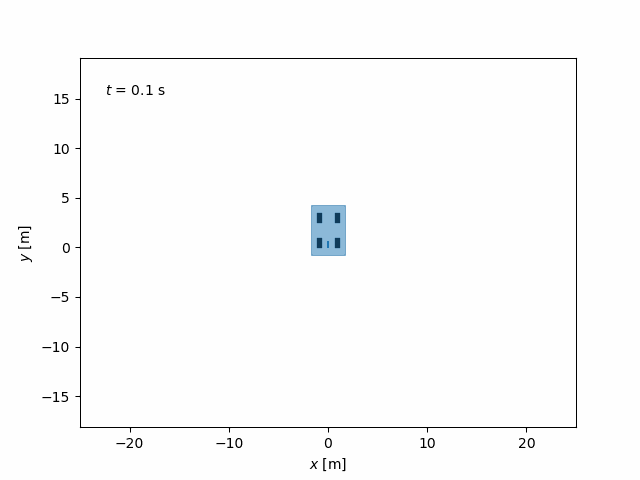I was trying to understand the "inverse-dynamics model" block in the paper by Mitsuo Kawato. First, I thought that somehow he's applying sequential input to simple ANN. Besides, it has a feedback signal. This internal feedback loop replaces long-loop feedback that's usually used in reinforcement learning.
Theory
- Rotation of an Object About a Fixed Axis Chapter 1
- Rolling Motion; Angular Momentum Chapter 2
- Rolling motion formulas slides
- Angular momentum for Earth https://web.mit.edu/8.01t/www/materials/Presentations/SelectPresentation_W11D1.pdf
- Rolling friction https://www.physicsforums.com/threads/coefficient-of-rolling-friction-for-a-lab-cart.1010113/
- Planar system of four links solved with Newton-Euler method in Multi-body dynamics
- MIT, Introduction to Robotics, Chapter 7
- Purdue University, Chapter 5
- Inverse kinematics https://scaron.info/robotics/inverse-kinematics.html
- Lagrange's equation of motion
- Sensor-Based Intelligent Navigation and Control of Autonomous Mobile Robots for Advanced Terrain Missions paper
4 wheel robot
- A skid-steering wheeled robot - analysis and experimental kinematics
- Unified framework A lot of heavy formulas. Not good for the beginner. Maybe will return later
- Mecnum wheels
Examples
- Autonomous ground vehicle (i.e., wheeled mobile robot) simulation examples in Python

See also
- Inverse dynamics learning with PEST (internal parameter estimation), model based DBM (Dynamic Bezier Map) and feed forward neural network (input: angle, angular velocity and acceleration; output: torque; separate network for every joint)
- OMG this web site
- Kalman filters